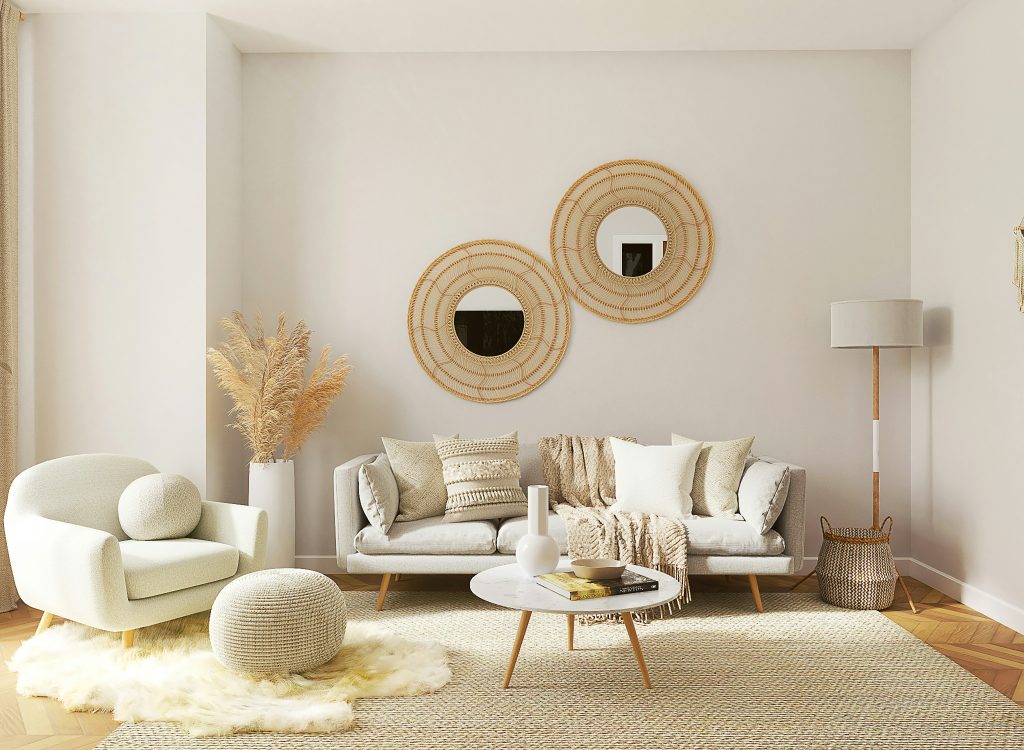
Updating your interiors is about more than a new coat of paint. It’s an opportunity to enhance your home’s function, comfort, and identity. Knowing what to prioritise can make all the difference, whether you’re on a cosy Victorian terrace or a modern build.
Here are some key things to consider when refreshing your living space.
1. Start with Purpose
Before choosing colours or furniture, think about why you’re updating your interiors. Is it to modernise an outdated space? Add functionality? Improve comfort? Your goals will guide the decisions you make (from layout to lighting) and help you focus your budget where it matters most.
2. Invest in Timeless Quality
Trends come and go, but well-made, classic choices endure. Prioritise quality over novelty, whether it’s natural wood, stone floors, or handcrafted furniture. These materials offer longevity, character, and beauty that deepen with time.
Natural stone flooring, in particular, is both stylish and practical, making it ideal for high-traffic areas like kitchens and hallways. For inspiration and expert advice, visit the Bury St Edmunds tiles showroom, where you can view stunning limestone, marble, and porcelain collections in person.
3. Make It Personal
Great interiors reflect the people who live there. Whether it’s a vintage armchair, a family heirloom, or art collected from travels, blend in elements that tell your story. Your home should feel uniquely yours, not like a replica of a showroom.
4. Choose Materials with Care
Materials matter. Not just for aesthetics, but for how they wear over time. Think about your lifestyle: Do you need child-friendly or pet-resistant finishes? Is easy maintenance a top priority? Choose surfaces that combine beauty with everyday durability.
5. Rethink Your Layout
Updating your interiors is the perfect chance to rethink how you use space. Could knocking through a wall bring more light? Would a built-in bench add storage and function? Sometimes a better layout brings more impact than new furniture.
6. Focus on Lighting
Good lighting can dramatically change how a space looks and feels. Layer your lighting with a mix of ceiling, task, and ambient fixtures. In areas like the living room or bedroom, install dimmers to adjust the mood depending on the time of day.
Also, make the most of natural light. Consider replacing bulky curtains or repositioning mirrors to maximise brightness.
7. Don’t Forget the Senses
A beautiful home doesn’t just look good; it feels good, too. Think soft textures underfoot, calming scents, and pleasant acoustics. Add throws, cushions, candles, or greenery to create a welcoming, sensory-rich environment.
8. Take Your Time
Not everything needs to happen at once. Some of the best interiors evolve over time. Start with the essentials, live in the space, and let it grow with you. Patience leads to more thoughtful, lasting results.
Your Home, Your Story
When updating your interiors, aim for spaces that reflect how you live — and who you are. With the right planning, quality materials, and a personal touch, you can create a home that not only looks beautiful but feels right in every way. Let your next chapter in home living begin with inspired choices.
